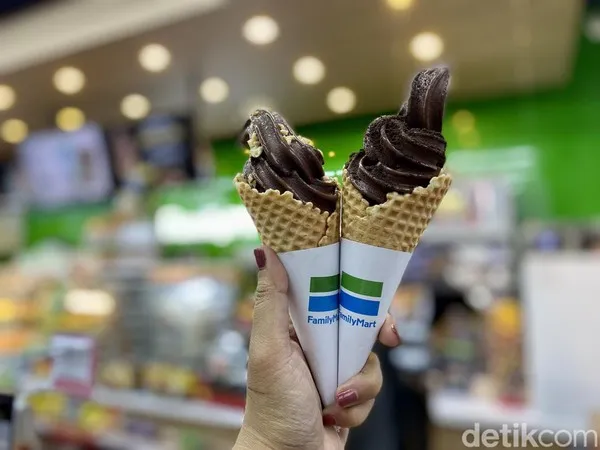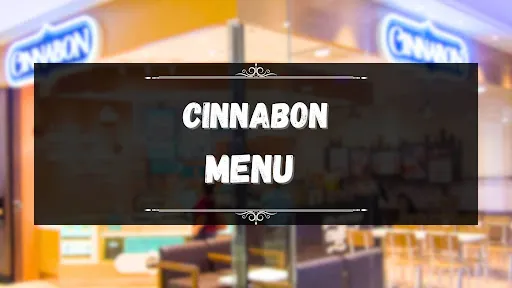
Create a sustainable garden that benefits both the environment and your outdoor space. By focusing on water conservation, waste reduction, and biodiversity, you can design a beautiful, eco-friendly haven that’s easier to maintain and cost-effective. Start with these simple tips!
Choose Native Plants
Native plants are adapted to your local climate and soil, which means they require less water, fewer chemical fertilizers, and minimal maintenance compared to non-native species. Plus, they provide essential habitats for local wildlife including pollinators like bees, butterflies, and birds.
How to Get Started:
- Research plant species that naturally thrive in your area. Local nurseries and botanical gardens are great resources.
- Incorporate a mix of native trees, shrubs, flowering plants, and ground covers to add diversity to your garden.
Practice Water-Wise Gardening
Water is one of the most precious resources in sustainable gardening. Reducing water waste not only saves money but also minimizes the environmental impact of maintaining your landscape. Sprinkler repair, like that in South Jordan, can play a key role in ensuring your irrigation system is efficient and minimizes water waste.
Tips for Conserving Water:
- Install a drip irrigation system, which delivers water directly to the root zone of plants, reducing evaporation and runoff.
- Use mulch around plants to retain soil moisture and reduce the need for frequent watering.
- Opt for drought-resistant plants, especially in arid regions. Think succulents, lavender, and sage.
- Harvest rainwater in barrels to reuse during dry spells.
For those looking to reduce water usage and maintenance time, consider incorporating artificial grass into your garden design. This option not only conserves water but also provides a durable and pet-friendly surface. If you’re interested in exploring this sustainable alternative, start here to discover a variety of options that can seamlessly blend with your eco-friendly landscape. By choosing materials that require less upkeep, you contribute to a more sustainable environment while enjoying a lush, green space year-round.
Compost Your Garden Waste
Instead of sending garden clippings and food scraps to the landfill, turn them into nutrient-rich compost. Compost improves soil structure, provides essential nutrients to plants, and reduces reliance on chemical fertilizers.
How to Compost:
- Start a backyard compost bin or pile. Add a mix of “greens” (food scraps, grass clippings) and “browns” (dried leaves, cardboard).
- Turn the pile regularly to speed up decomposition.
- Use the finished compost as a soil conditioner or mulch for your garden beds.
Use Eco-Friendly Lawn Alternatives
Traditional lawns can consume excessive amounts of water, fertilizers, and time. Consider replacing some or all of your lawn with eco-friendlier alternatives.
Alternatives to Consider:
- Plant ground covers like clover, creeping thyme, or moss that require less mowing and watering.
- Install permeable hardscaping such as gravel pathways or stone patios to reduce your need for lawn space.
- Create wildflower meadows that support pollinators and require minimal upkeep.
Reduce Chemical Use
Pesticides and synthetic fertilizers can harm beneficial insects, leach into waterways, and disrupt soil health. Sustainable landscaping prioritizes natural and organic solutions.
Steps to Lower Chemical Use:
- Use organic compost and natural amendments to improve soil health.
- Encourage beneficial insects like ladybugs by planting nectar-rich flowers. These insects naturally control pests like aphids.
- Implement companion planting in your vegetable and herb garden. For example, marigolds repel pests such as nematodes.
Promote Biodiversity
A truly green garden is one that supports a vibrant ecosystem. Providing habitats, food sources, and safe havens for wildlife fosters biodiversity and creates a thriving outdoor space.
How to Promote Biodiversity:
- Install bird feeders, bird baths, and nesting boxes to attract birds.
- Incorporate a variety of flowering plants to provide nectar throughout the seasons.
- Avoid monoculture landscaping and aim for a diverse mix of species to create a balanced ecosystem.
- Consider adding a small pond to attract frogs, dragonflies, and other beneficial creatures.
Opt for Sustainable Hardscaping
The hardscape elements in your garden—like walkways, patios, and decks—play a role in sustainability too. Choosing eco-friendly materials and designs minimizes carbon footprints and reduces waste.
Sustainable Hardscaping Ideas:
- Use reclaimed wood, recycled bricks, or permeable pavers for construction projects.
- Avoid using materials that require large amounts of energy to produce, such as concrete.
- Incorporate vertical gardens or living walls to maximize greenery in smaller spaces.
Implement a Zero-Waste Mindset
Sustainability is all about reducing waste in every way possible. When designing your garden, think of ways you can reuse, recycle, and upcycle materials.
Zero-Waste Gardening Ideas:
- Repurpose items like old containers, pallets, or tires into planters.
- Use fallen branches or rocks in your yard to create natural borders or edging.
- Swap seeds and cuttings with neighbors to diversify your plants without spending a dime.
Plan for the Seasons
A sustainable garden thrives year-round because it’s designed with all four seasons in mind.
Seasonal Planning Tips:
- Plant a mix of perennials and annuals that bloom at different times. This ensures your garden offers color and sustenance for pollinators throughout the year.
- Add evergreen plants to provide structure and greenery during the winter months.
- Rotate vegetable crops each season to maintain soil health and prevent pests.
Educate and Inspire
Lastly, sustainable landscaping isn’t just about the choices you make—it’s also about the conversations you inspire. Share your knowledge and practices with others to encourage a ripple effect in your community.
Host a garden tour, join local environmental groups, or simply chat with your neighbors about sustainable gardening practices. Together, small actions can lead to big changes for the planet.
Conclusion
Now that you have a better understanding of sustainable landscaping, it’s time to put these ideas into action. By implementing these practices in your garden, you can create a beautiful and eco-friendly outdoor space that benefits both you and the environment.





